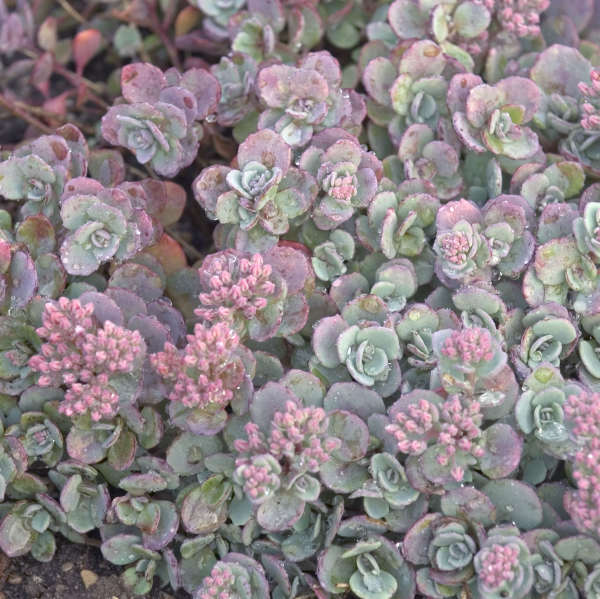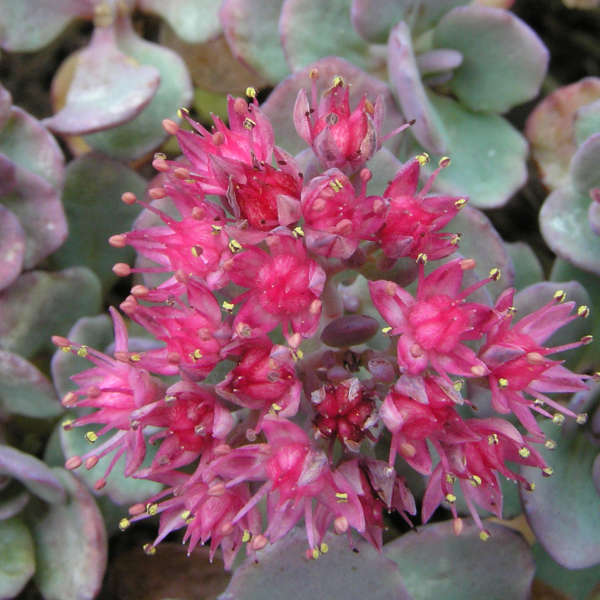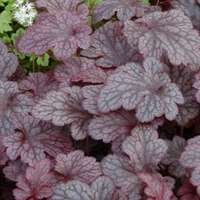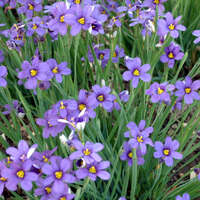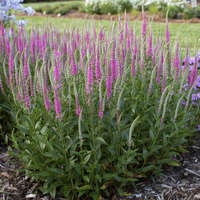Sedum cauticola
Common Name: Stonecrop
An attractive, very low-growing groundcover with rounded, blue-grey leaves. In late summer, pink flowers are produced which age to carmine-red. This is the perfect sedum to tuck into a rockery or other small spaces in the garden.
Low, spreading sedums form a solid mat of foliage which is excellent for covering slopes or can be planted as a groundcover in sunny, dry areas. They are extremely drought tolerant and many are evergreen. These are terrific low-maintenance plants that always look their best.
